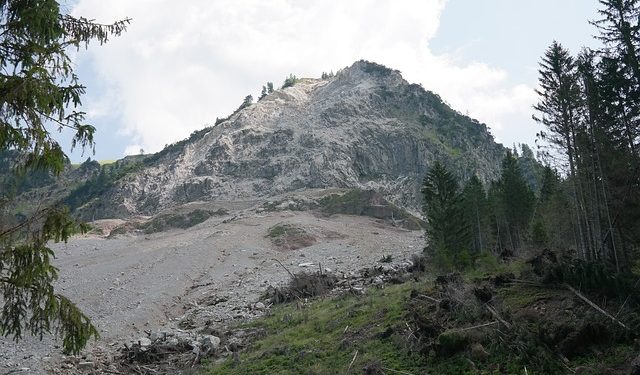Fires are always a danger to property owners and homeowners. Fires that erupt in our forests bring with them not only physical destruction but also a large amount of loss of personal possessions, family heirlooms, and quite possibly permanent scars or illnesses from inhaling smoke or ashes. The frequency of these unfortunate events will certainly change over time as more efforts are taken to prevent them. For instance, public education campaigns are a great help in preventing fires from getting out of control. In the last few years, however, we’ve seen an increase in the frequency and size of these unfortunate events. The National Fire Protection Association or NFPA, as well as several other national and local organizations, have been sponsoring fire prevention week festivities.
One of the biggest threats to public safety comes from slips and falls on steep slopes. These often happen when someone is not paying close attention or is unable to avoid a blazing wildfire. On steep slopes, trees can sometimes fall due to wind, while brush fires rage down hillsides. Slopes near forests also present a greater challenge to stop fires from spreading, since they are likely laden with brushes, needles, and grasses that catch fire and make way for embers to fly.
Another significant threat arises from moisture-laden vegetation. This often happens around trees in floodplains where the roots get caught in the wet soil. When these roots reach the treetops, the canopy is quickly destroyed. Areas such as these need to be regularly inspected by professionals in order to maintain a healthy living environment for people and wildlife.
In addition to causing extensive damage to homes and infrastructure, wildfires can also smolder lives and cause serious health issues. People’s respiratory systems are often compromised when exposed to the smoke emitted during a wildfire. People in vulnerable areas should take particular care to avoid inhalation of the smoke and should seek medical attention immediately if they begin to experience shortness of breath, cough, or any other sort of respiratory irritation.
Dealing with smoke damage is slightly more complicated than dealing with fire damage. Smoke has a tendency to linger in the air even after it has burned because it is not completely expelled. In fact, smoke can linger in the air for up to 10 minutes before being expelled. The longer it remains, the more damage it can cause. It can also cause long-term health problems for inhabitants living in or around a burned area.
Smoke damage can also affect emergency workers. Because smoke can be easily inhaled, it can become critical for first responders to protect themselves from smoke inhalation. A strong layer of smoke can prevent rescuers and firefighters from reaching individuals in distress. As well, smoke can block airway vents and other means of filtering air in a disaster zone, making it more difficult to deliver help. The effects of smoke on rescue and recovery teams are particularly serious because they may have to use breathing apparatus or risk death if they have to perform CPR.
Landslides are not the only thing that can cause an annual visit to the land. Faulty plumbing and drainage systems can also create flooding and water problems in an area. Water can cause mudslides and dangerous flash floods in areas prone to such flooding. Additionally, improper storm drainage can cause rivers, creeks, and lakes to become polluted, damaging crops and causing other forms of pollution in an area.
Although most of these natural disasters pose a risk to landowners and visitors, there is a less threatening type of damage that can occur on a yearly basis. Certain pests can invade an area and wreak havoc. This can be especially problematic in agricultural areas where farmers must travel to provide their plants with sunlight and water. Fortunately, there are methods for dealing with these types of problems, whether by using biological controls or working to prevent them by improving a given location’s drainage and sewage systems.






























